Georgetown is the third oldest city in South Carolina and one of the most charming. It’s located in between popular destinations Charleston and Myrtle Beach, and often overlooked or visited on a short day trip. But there are enough things to do in Georgetown, SC to warrant a longer stay. The city dates to 1729 and strolling through Georgetown’s Historic District, you feel like you’ve stepped back in time. Nearly 50 buildings from the 1700s and early 1800s survive on wide streets shaded by live oak trees.
During the 18th and 19th centuries, Georgetown was a major shipping port. The region’s cash crops were indigo and rice, cultivated by enslaved Africans on large plantations. Their forced unpaid labor and understanding of tidal flows produced rice so profitable for the plantation owners it became known as “Carolina Gold.” By the 1850s, Georgetown was producing almost half of the rice consumed in the United States. But the destruction of the Civil War and emancipation of the slaves brought an end to the rice industry. Georgetown’s Old Market Building and Clock Tower now house the Rice Museum, with informative exhibits on this history.
One of Georgetown’s best features is the Harborwalk. This wide wooden boardwalk edges the marina, offering pretty views of boats bobbing in the water. Many of the restaurants and shops of bustling Front Street back onto the Harborwalk for ease of access. You might even see an alligator or two going for a swim.
Kaminski House
Don’t leave Georgetown without visiting the Kaminski House Museum. It dates to the early 1700s when the city was founded and is considered one of the finest remaining examples of architecture of that era. Although the home has had many owners over the centuries, Harold and Julia Kaminski are the most notable. They bought the property in 1931, enlarged the house, and brought in modern amenities such as indoor plumbing and electricity. Harold’s father, Heiman Kaminski, operated a successful hardware store on Front Street. Many of the home’s beautiful antique furnishings were bartered at the store by impoverished plantation owners in need of goods. Harold was elected Mayor of Georgetown and served as a Naval Officer in both World Wars. Julia bequeathed the house to the city in her husband’s honor.
Other Things to Do in Georgetown, SC
Hobcaw Barony
This unique attraction is a privately-owned 16,000 acre nature preserve on the South Carolina Coast. The name “Hobcaw” comes from a Native American word meaning “between the waters.” Native American tribes used this land for hunting and fishing until the English settled the state in the 17th century. King George I granted the land as a barony, and it was soon sold and divided into rice plantations. The plantations floundered after the Civil War, and Bernard Baruch purchased the entire tract in the early 1900s.
The Hobcaw Discovery Tour visits several historic structures on the property, including the grand Hobcaw House (pictured above.) Baruch, a presidential advisor, built the home in 1936 as a winter hunting retreat. He hosted a slew of high-profile guests during WWII, including President Franklin Delano Roosevelt, Sir Winston Churchill, and Generals George Marshall and Omar Bradley. Bernard’s daughter, Belle Baruch, took ownership of the property in the 1950s and built a separate home she named Bellefield Plantation. Belle was a champion equestrian and many of her awards hang in the nearby stables.
Friendfield Village is another stop on the tour. This former settlement for enslaved Africans features original slave cabins and a church. Freed slaves continued to live in the village after the Civil War, working the land as sharecroppers, until the 1950s. To reach the settlement, you will drive a portion of the King’s Highway, the first road linking British colonies from Charleston to Boston.
Hopsewee Plantation
Hopsewee Plantation is one of the best preserved of Georgetown’s former rice plantations. The house dates to 1735 and is the birthplace of Thomas Lynch Jr., a signer of the Declaration of Independence. The Hume family purchased the property in 1762 and lived there until the start of the Civil War a hundred years later. Throughout the 20th century, the plantation was sold several times, but few changes were made to the main house. It remains privately owned and occupied to this day, with the current owners offering guided tours of every room from the cellar to the attic. Most of the furnishings are 18th and 19th century antiques, but are not original to the house.
The house sits on 70 acres along the banks of the Santee River, surrounded by ancient live oaks dripping with Spanish moss. At its peak of rice production in 1850, Hopsewee had 13,000 acres tended by 178 enslaved Africans. Two original slave cabins remain on the grounds. Descendants of the plantation’s freed slaves continued to live in the cabins and work the land as sharecroppers until the late 1940s. Tours of Hopsewee begin in one of the slave cabins with films about the African slave trade and South Carolina rice industry.
After your tour, be sure to stop by the River Oak Cottage for lunch. Said to be one of the best tea rooms in South Carolina, you will definitely want to make reservations in advance. I recommend ordering the shrimp and grits. The full Southern afternoon tea service is also quite impressive.
Hampton Plantation
Hampton Plantation dates to the mid-1700s and has some interesting stories to tell. During the Revolutionary War, Colonel Daniel Horry owned the property. He gave shelter to local hero Francis Marion, the “Swamp Fox,” who was hiding from British troops. After the War, George Washington stayed at Hampton Plantation during his tour of the southern states. According to local lore, the President stood on the front porch with Daniel’s wife, Harriett, and her mother, Eliza Pinckney. The women declared their intention to chop down the large oak tree in front of the house to open up the view to the rice fields, but Washington advised against it. The tree was left standing and named the Washington Oak in his honor.
As with all rice plantations in the area, Hampton relied on the forced labor of enslaved Africans. And of all these plantations I’ve toured, Hampton does the best job by far of explaining that difficult history. Knowledgeable guides lead tours through the main house, telling stories about the prominent families who lived there as well as the slaves that made their lavish lifestyle possible. The house is bare of furnishings, but its elaborate woodwork is enough to illustrate the former grandeur.
Poet Laureate Archibald Rutledge was the last private owner and lived in the plantation house until 1969. He and his family are buried in a small derelict cemetery on the property.
Brookgreen Gardens
No list of the best things to do in Georgetown, SC would be complete without Brookgreen Gardens. This stunning attraction is the brainchild of Arthur and Anna Hyatt Huntington. They wanted a place to display Anna’s impressive sculpture collection, so they created a vast botanical garden on the grounds of former rice plantations. The gardens have been open to the public since 1932 and continue to delight visitors to this day. You can find my complete guide to Brookgreen Gardens here.
Atalaya Castle
The Huntingtons lived across from the gardens in their Spanish inspired winter retreat, Atalaya Castle. They moved to the region following Anna’s tuberculosis diagnosis, and the warm ocean air were just what the doctor ordered. Arthur, an expert in Spanish culture and history, designed the home himself. The rambling ruins are tucked inside Huntington Beach State Park, a wildlife preserve and nesting area for loggerhead turtles.
Are you ready to plan a trip to Georgetown, SC?
PIN this blog for easy reference!
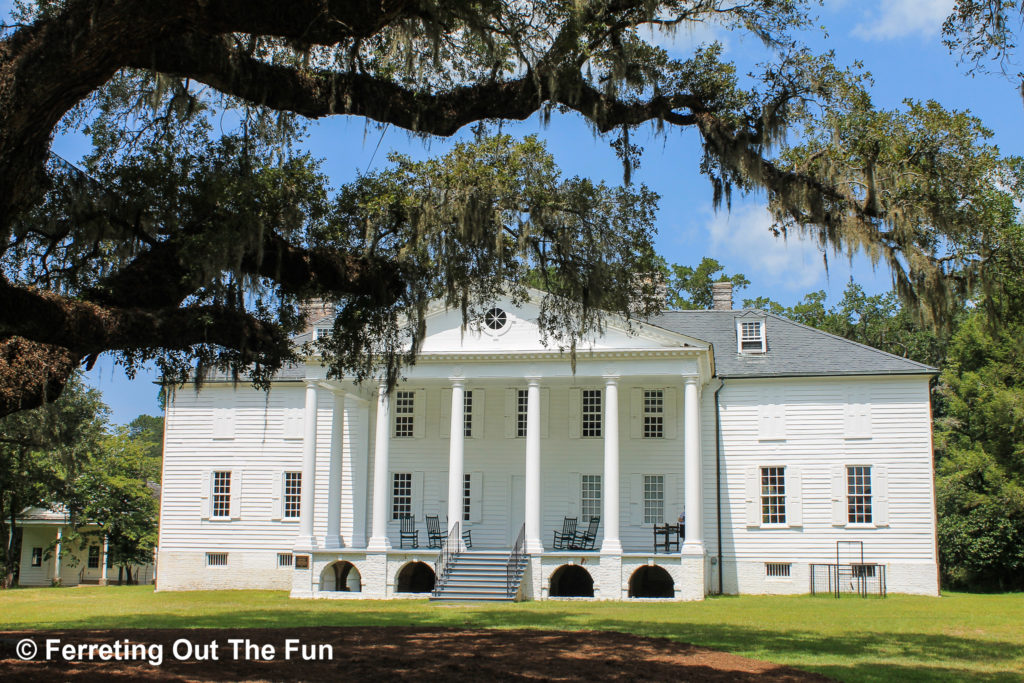
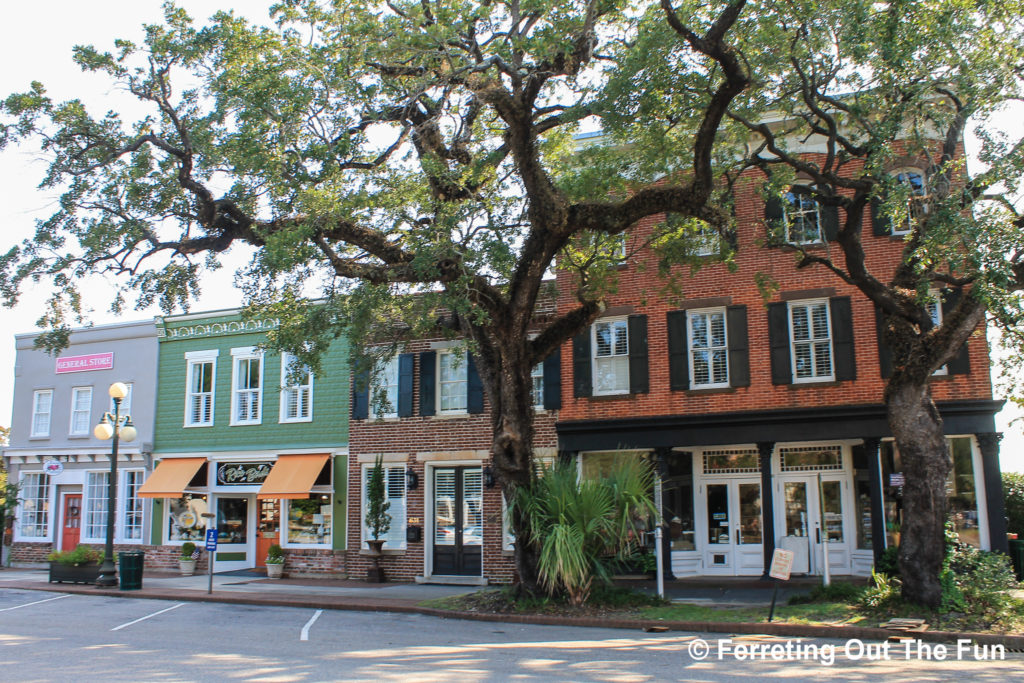
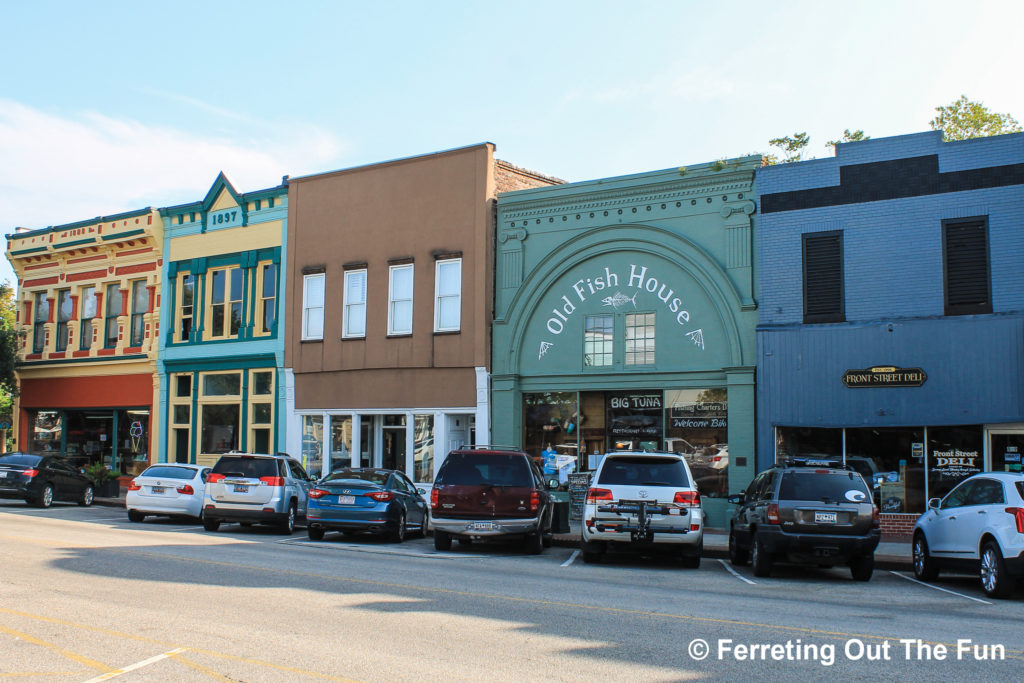
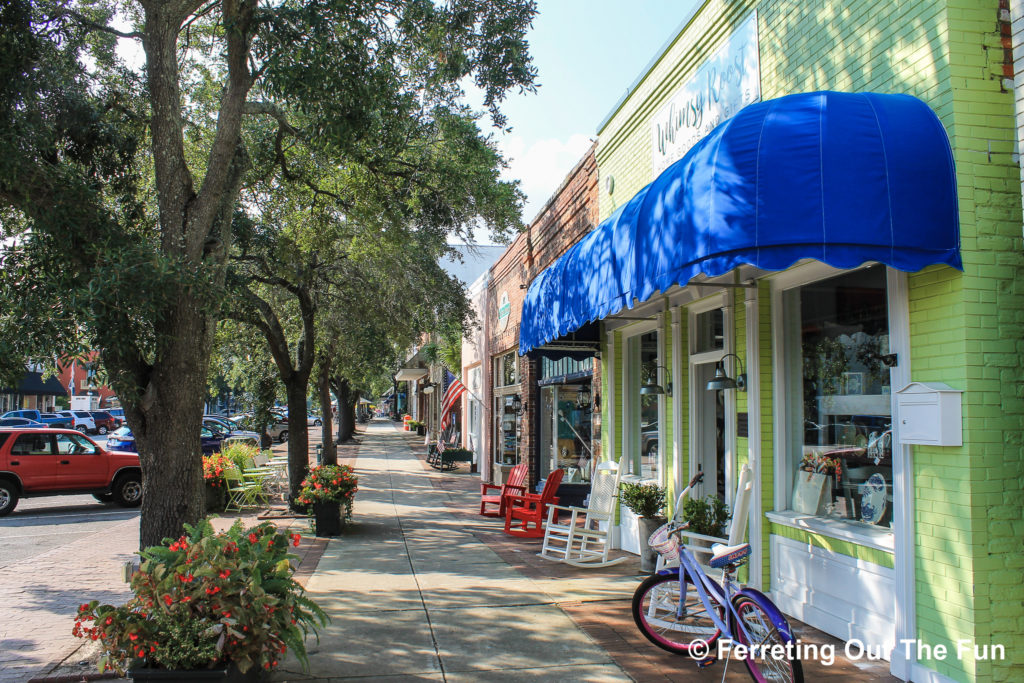
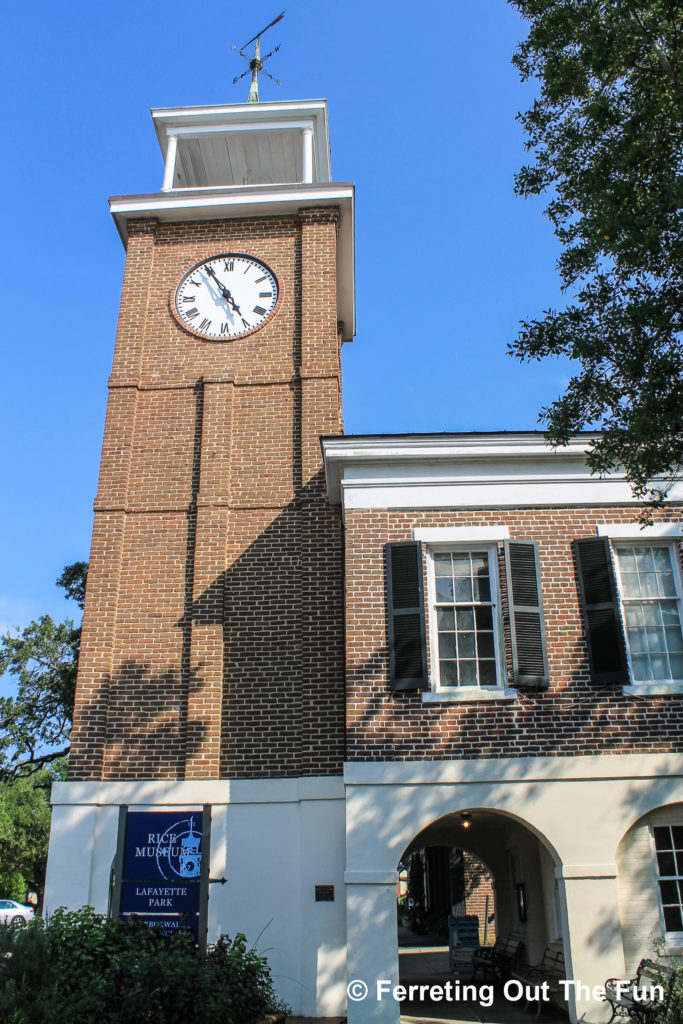
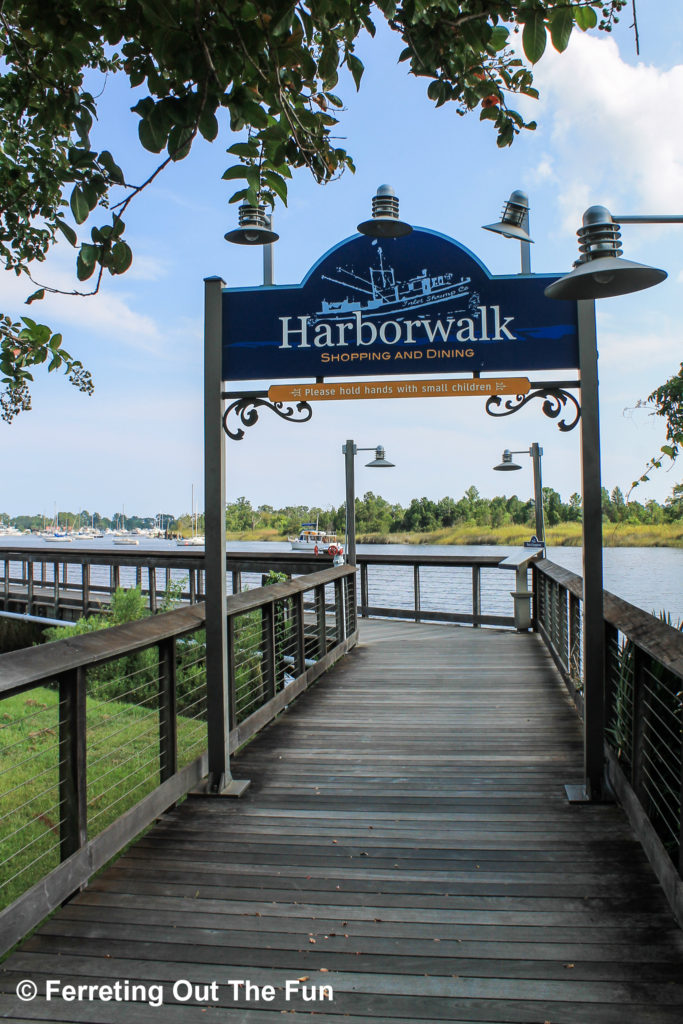
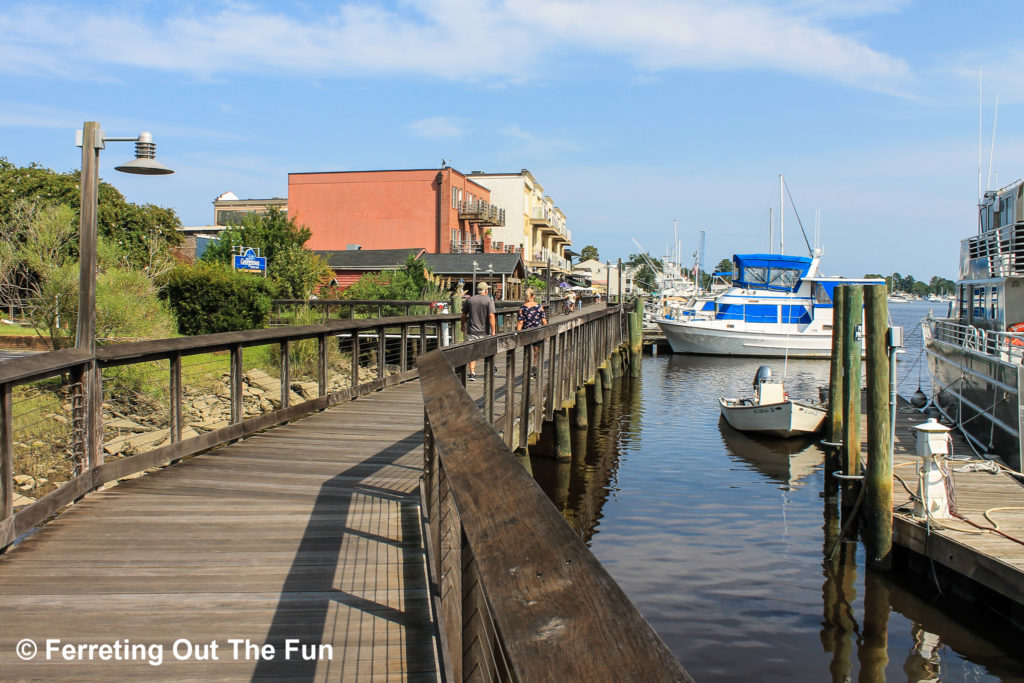
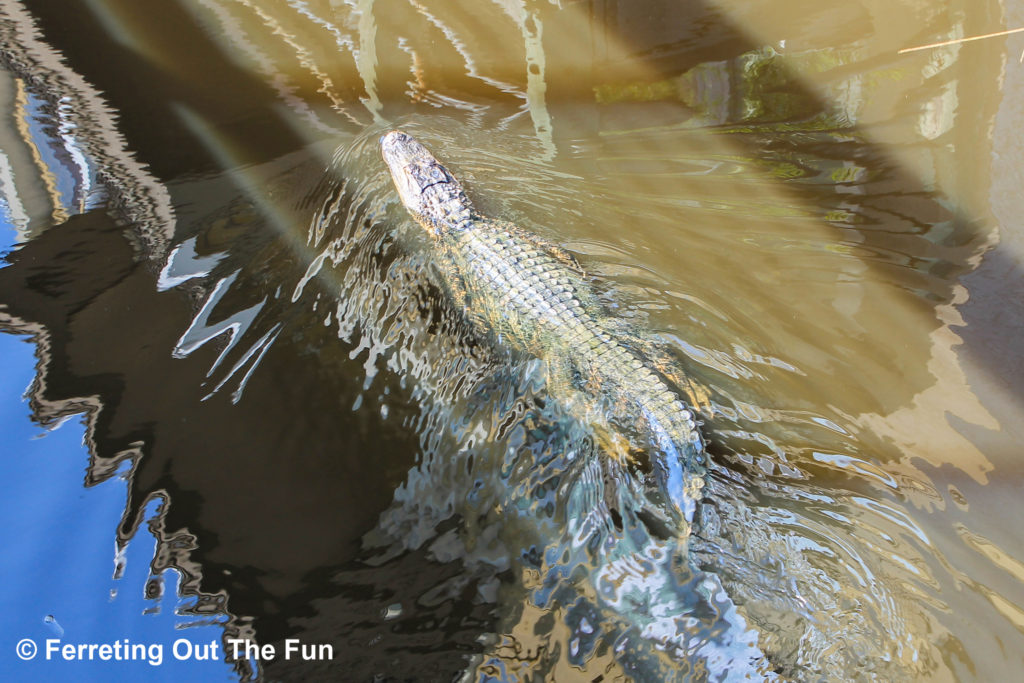
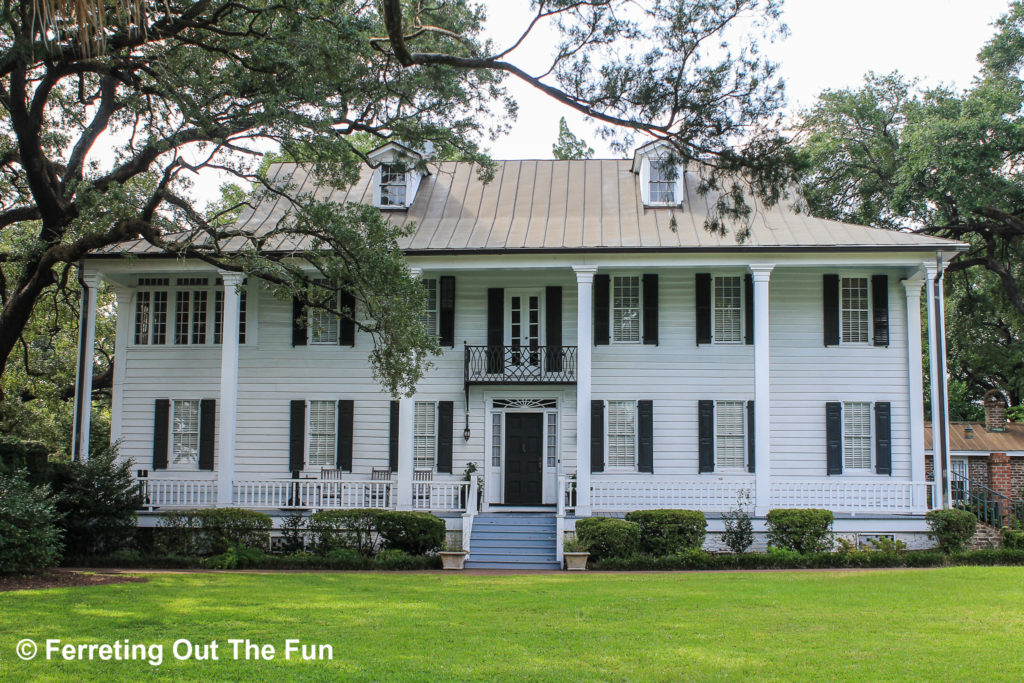
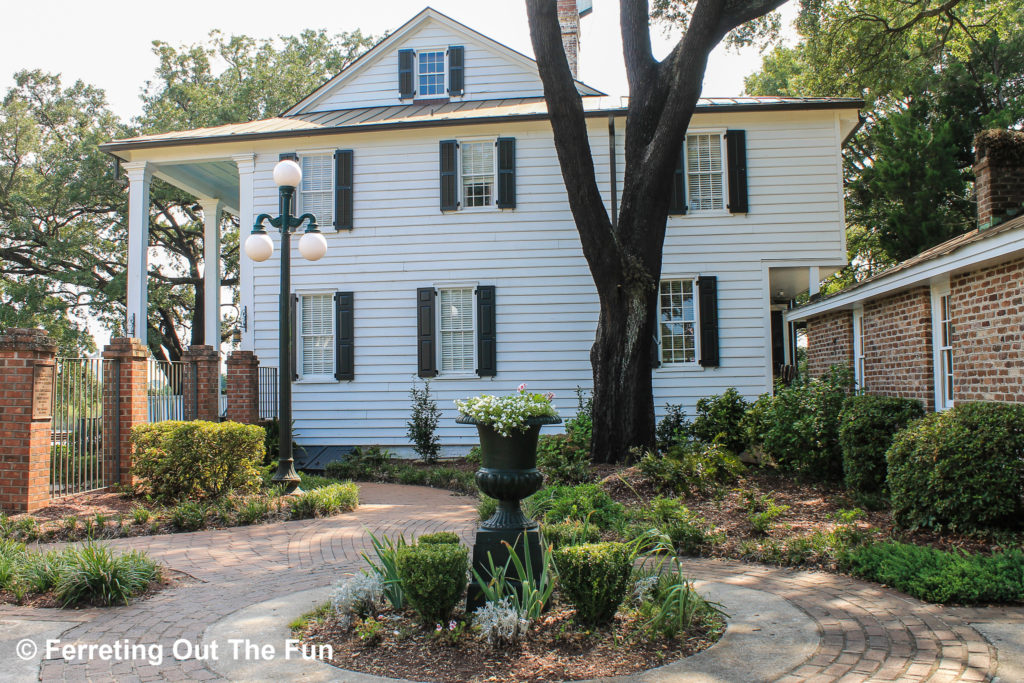
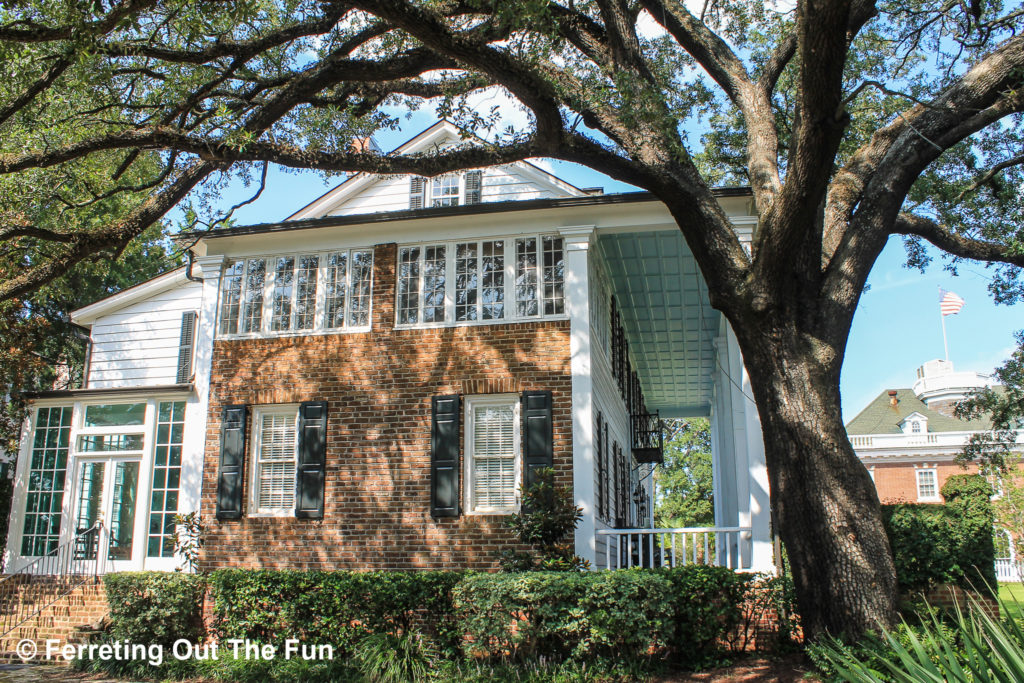
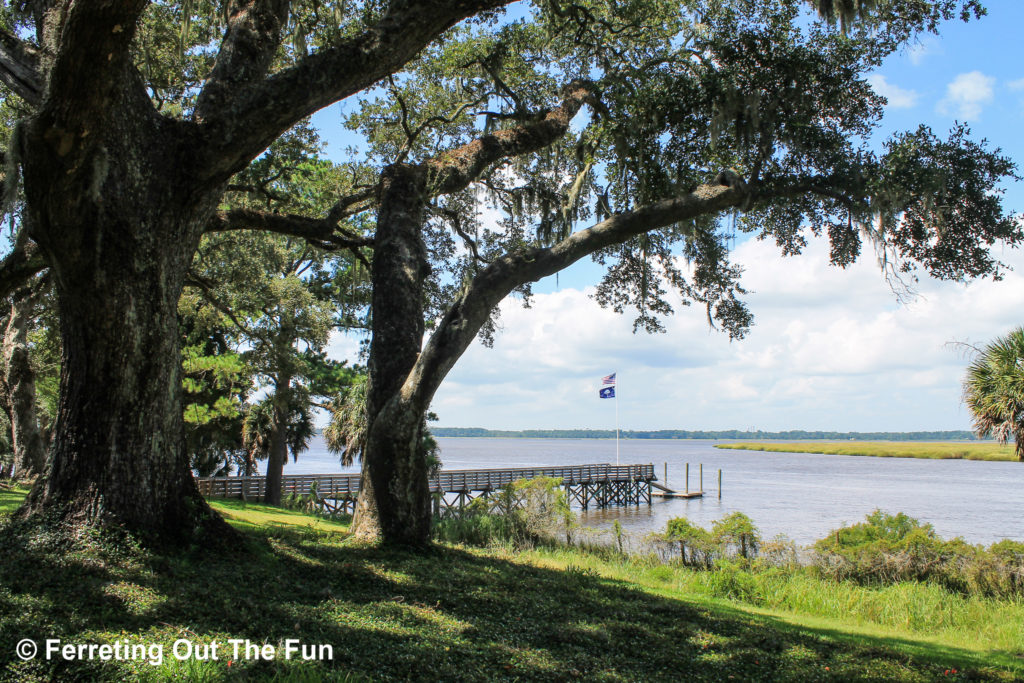
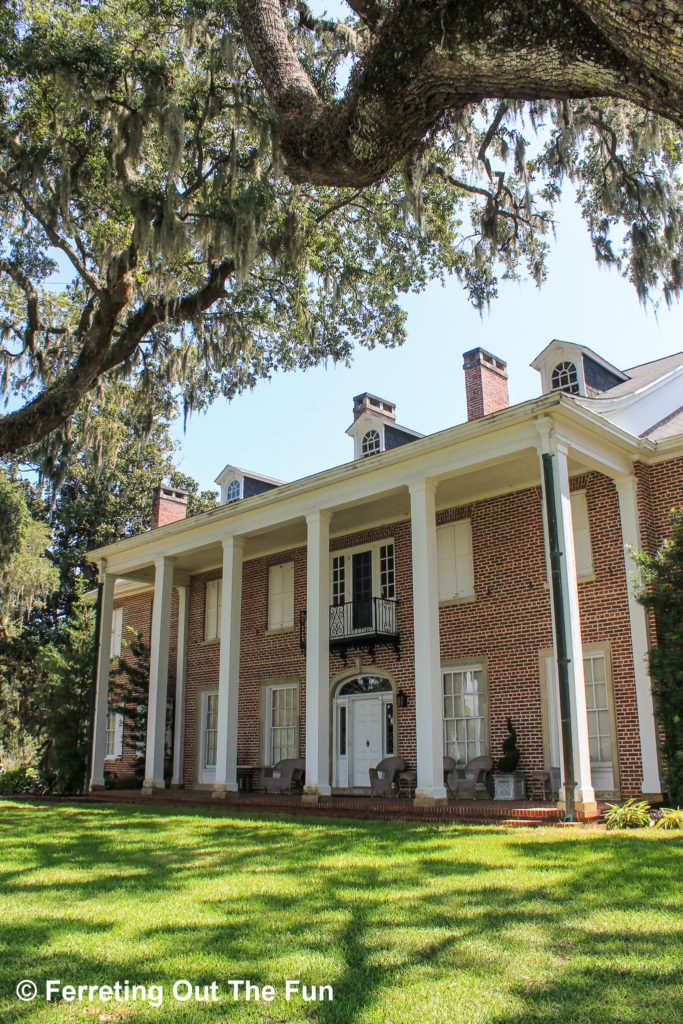
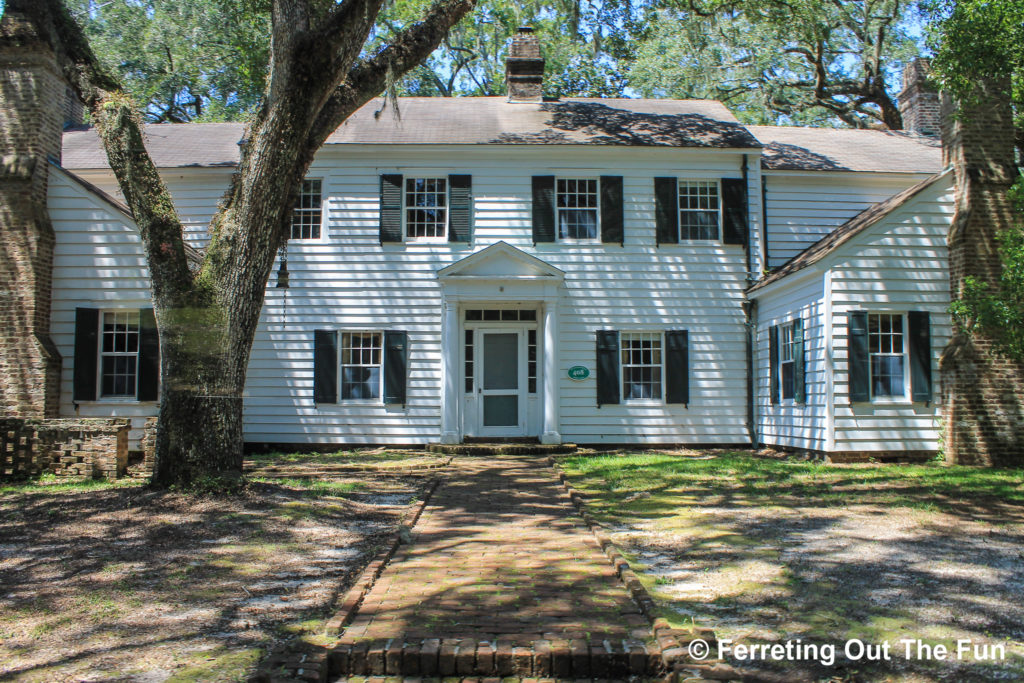
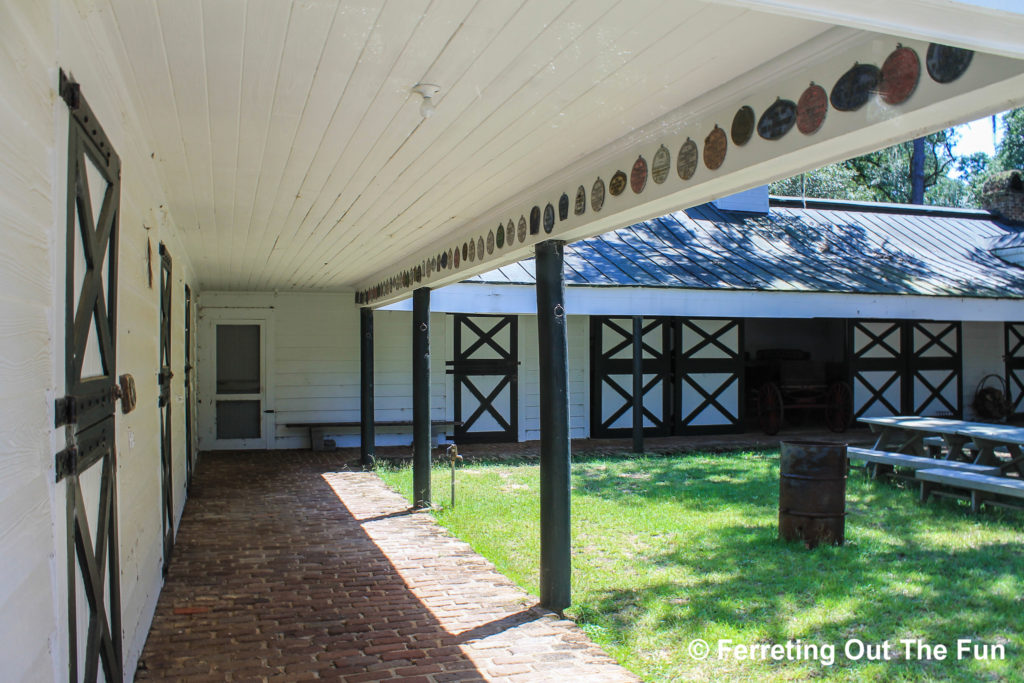
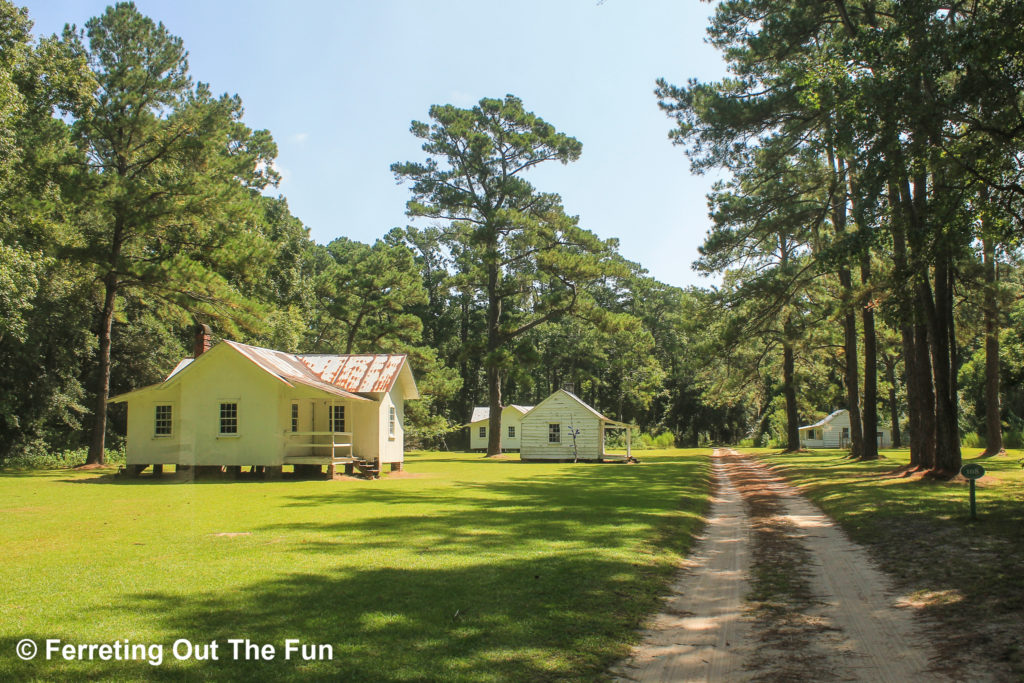
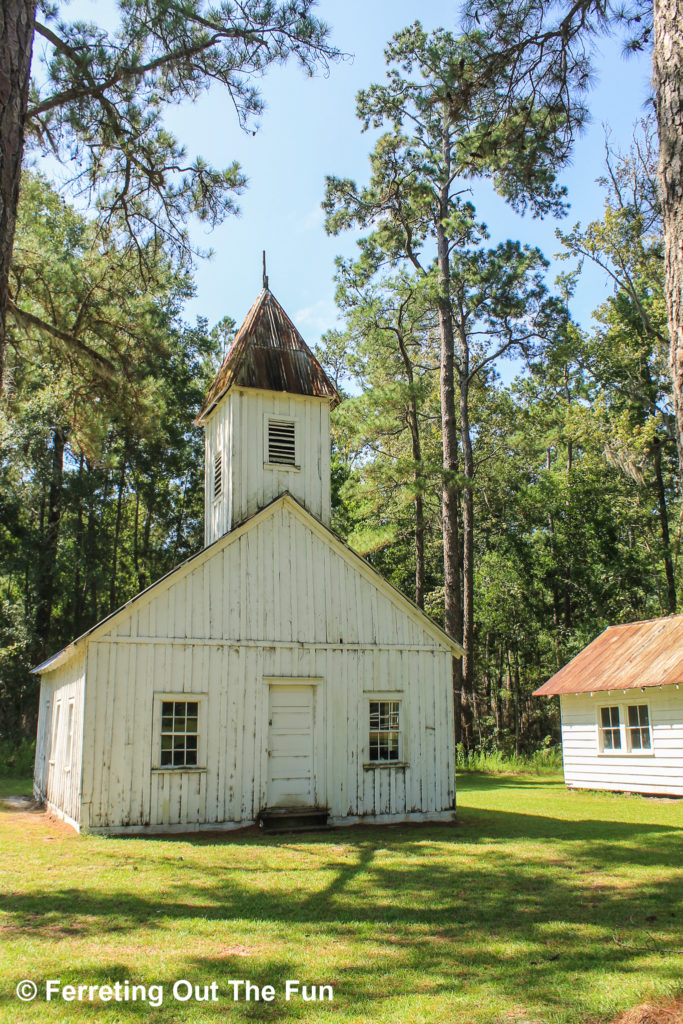
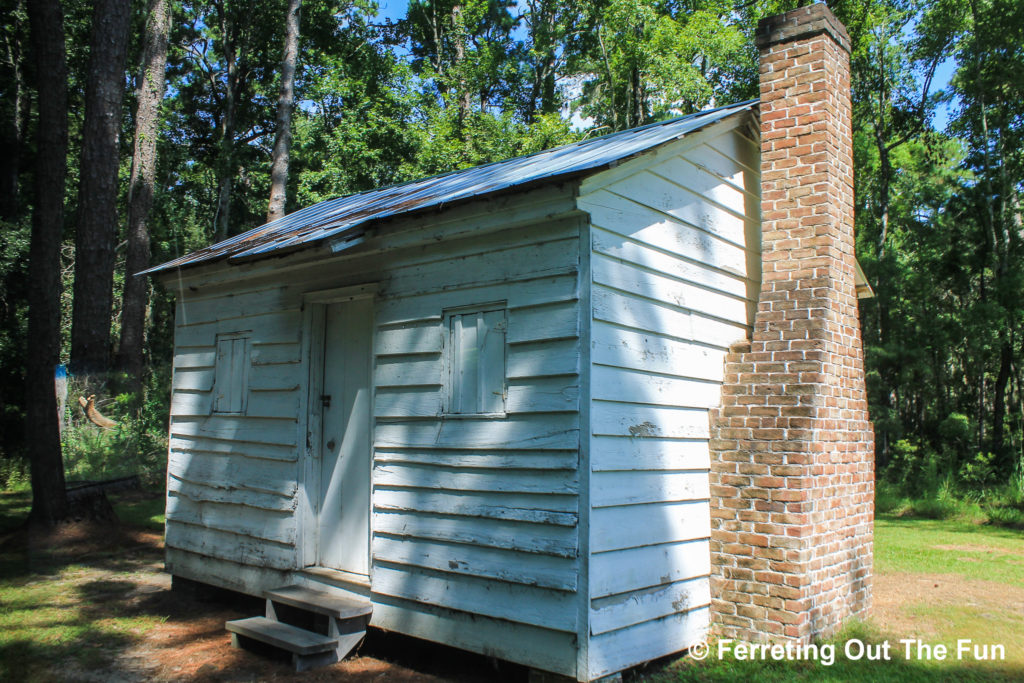
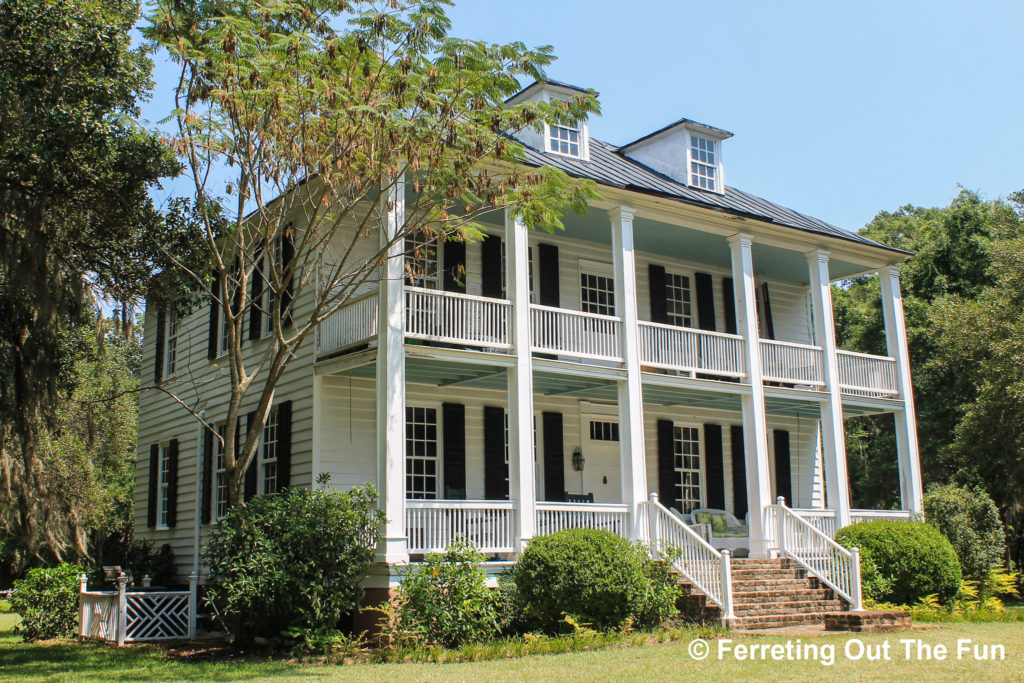
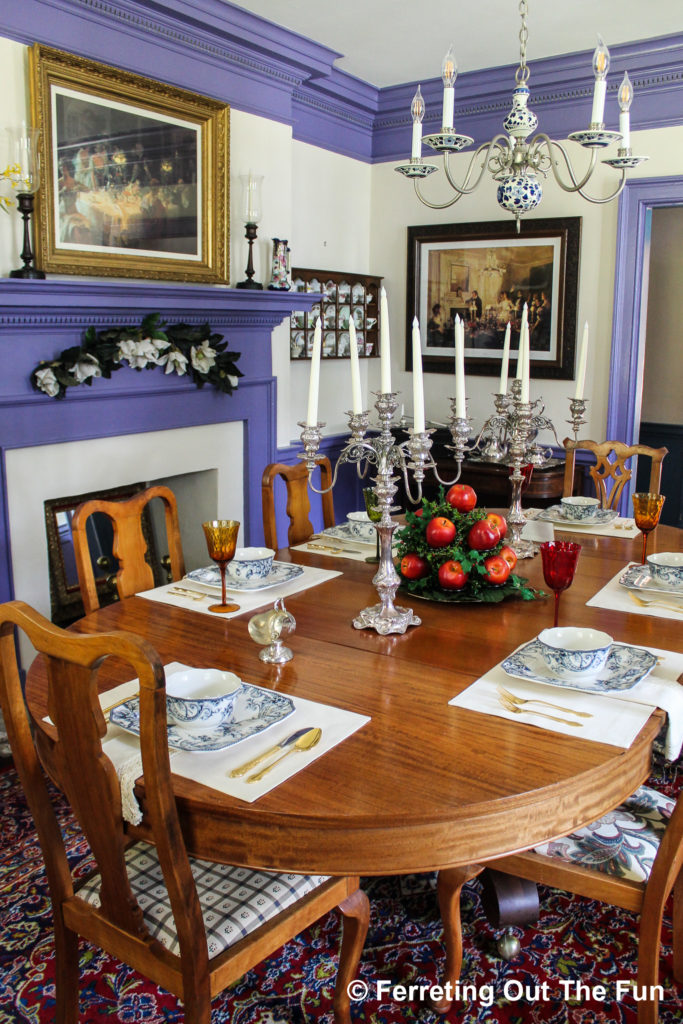
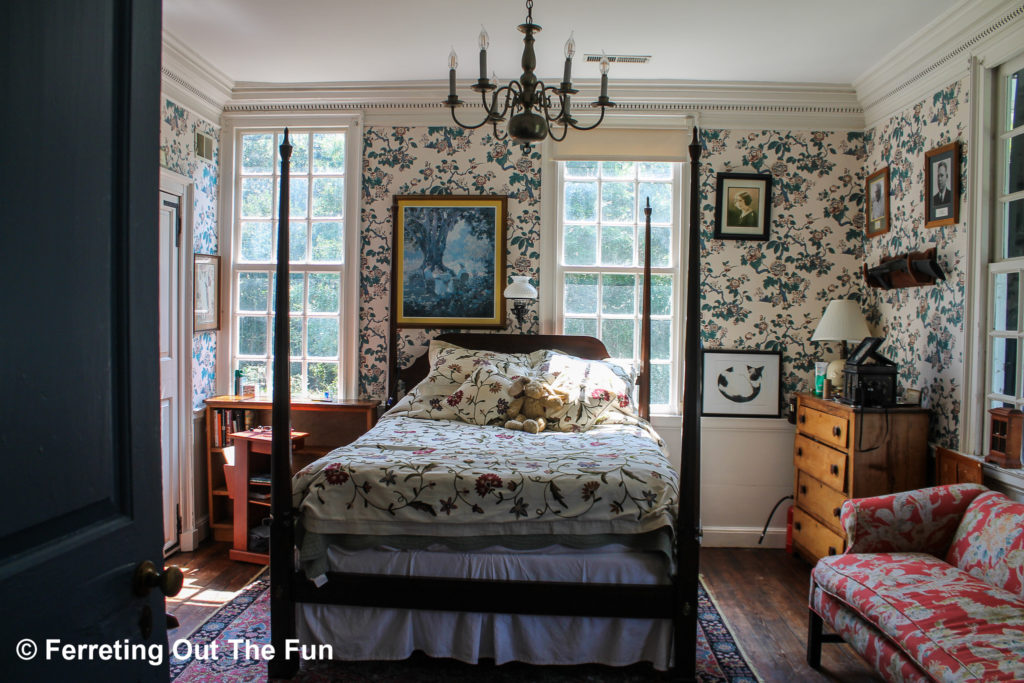
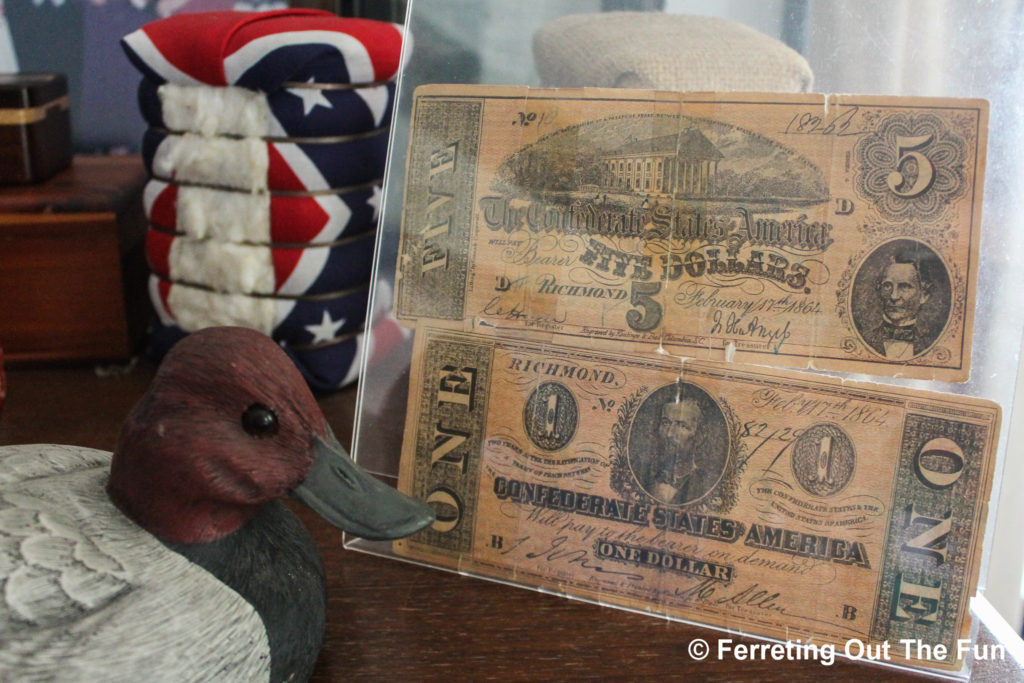
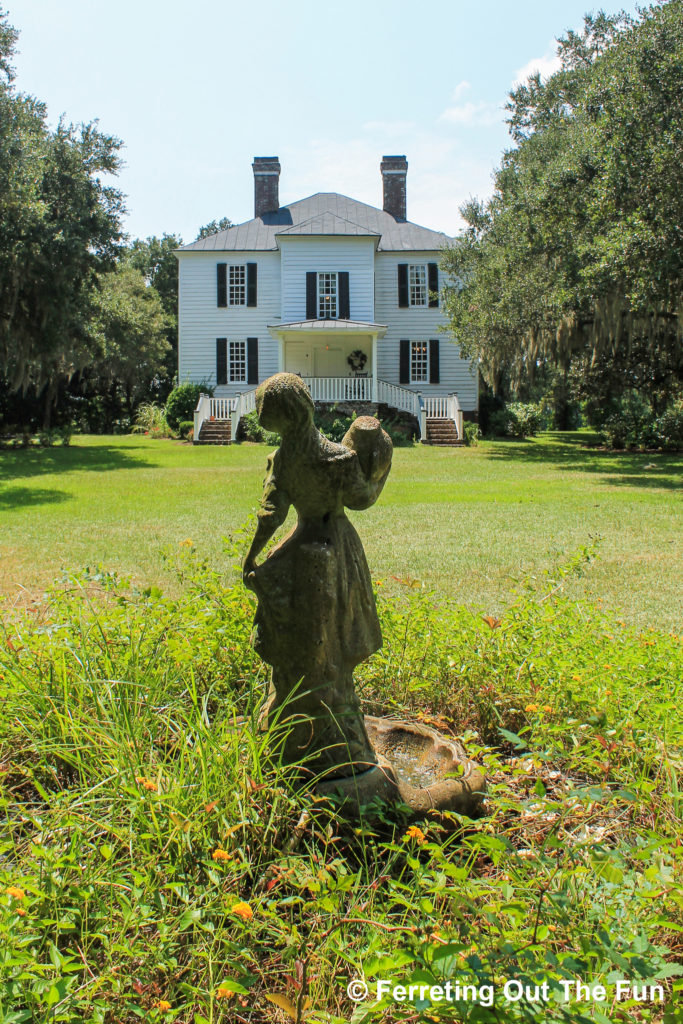
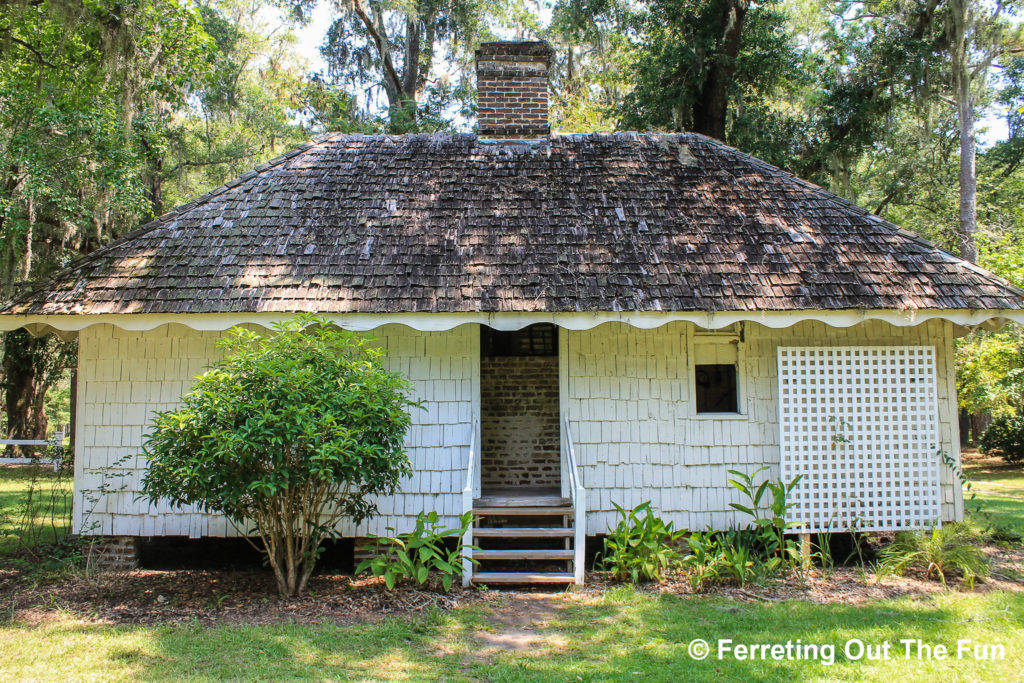
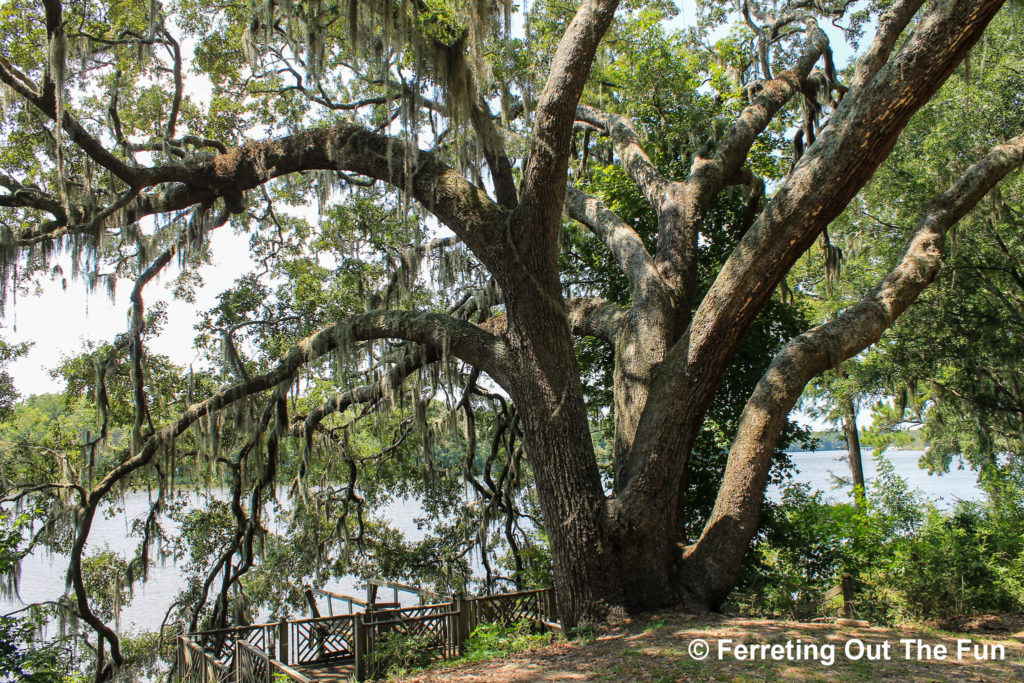
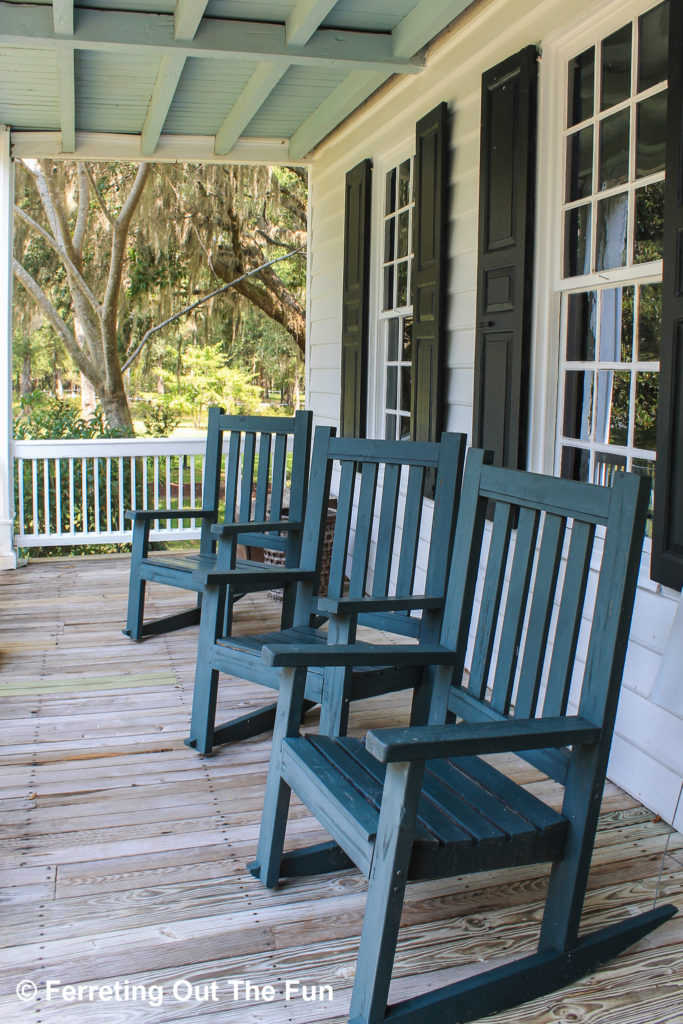
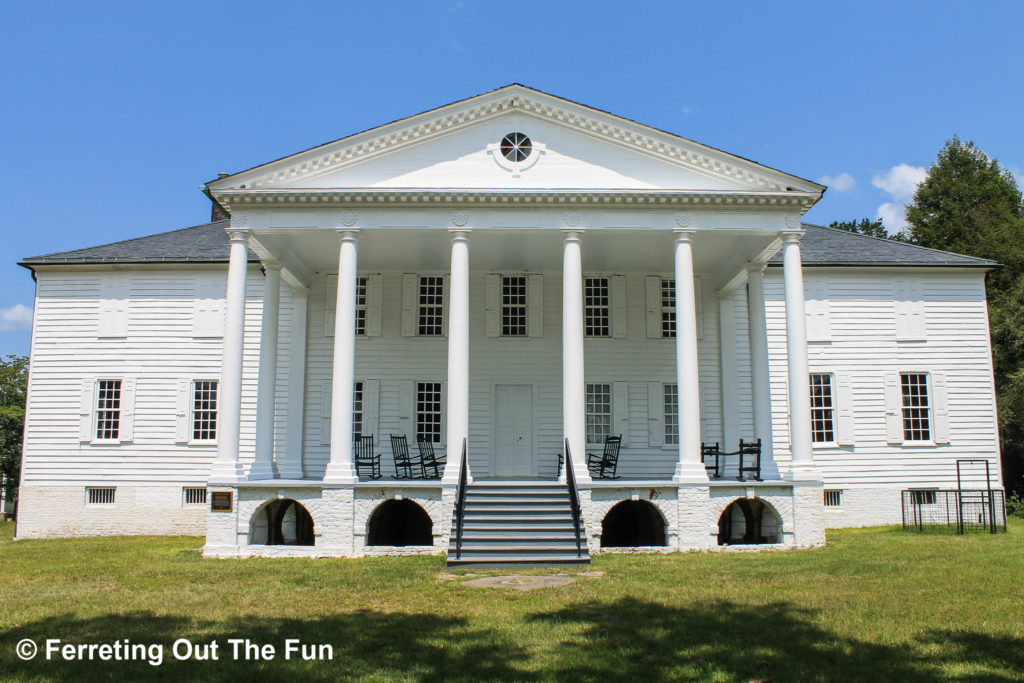
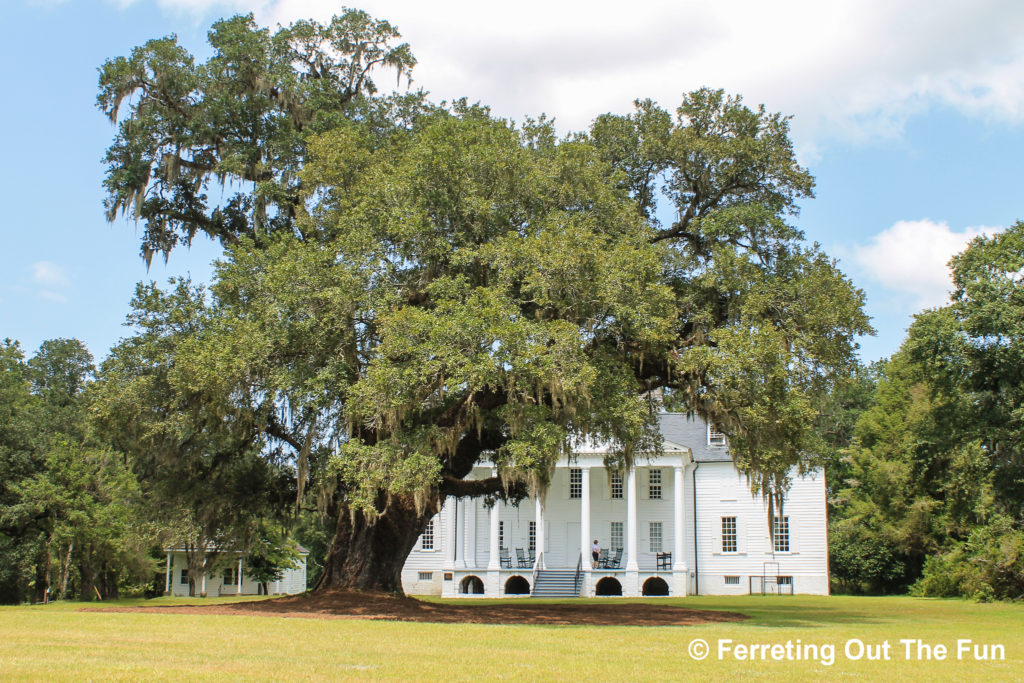
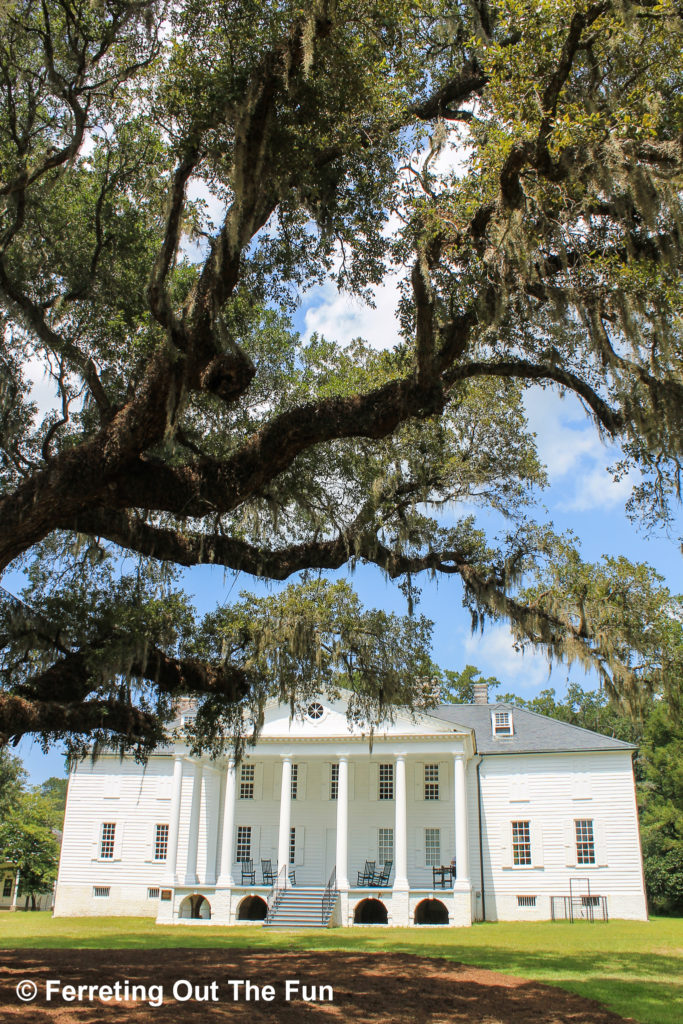
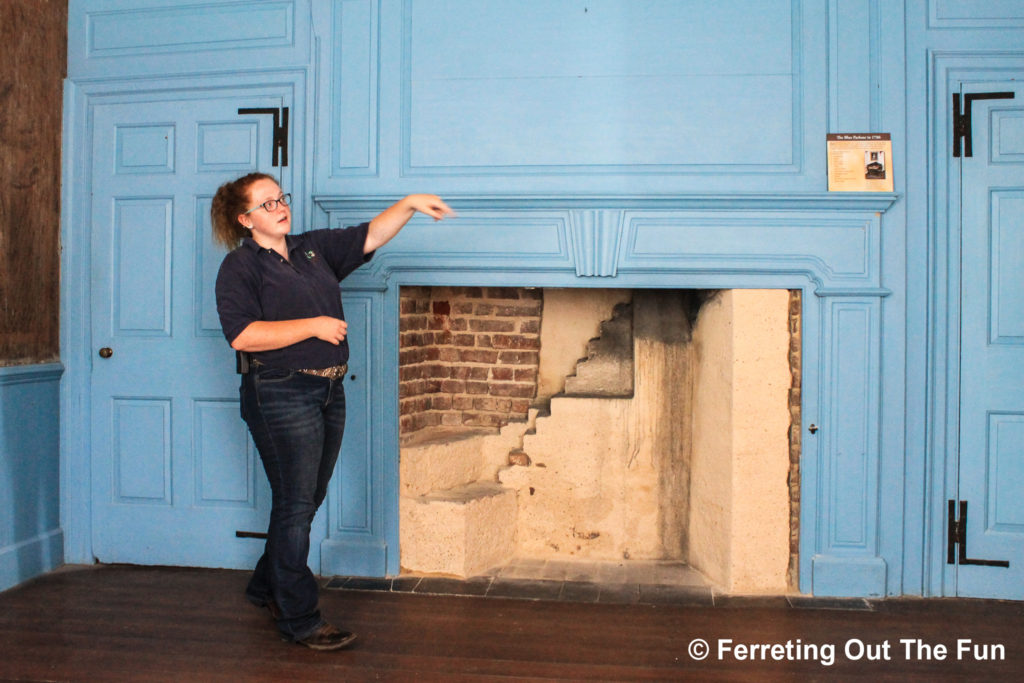
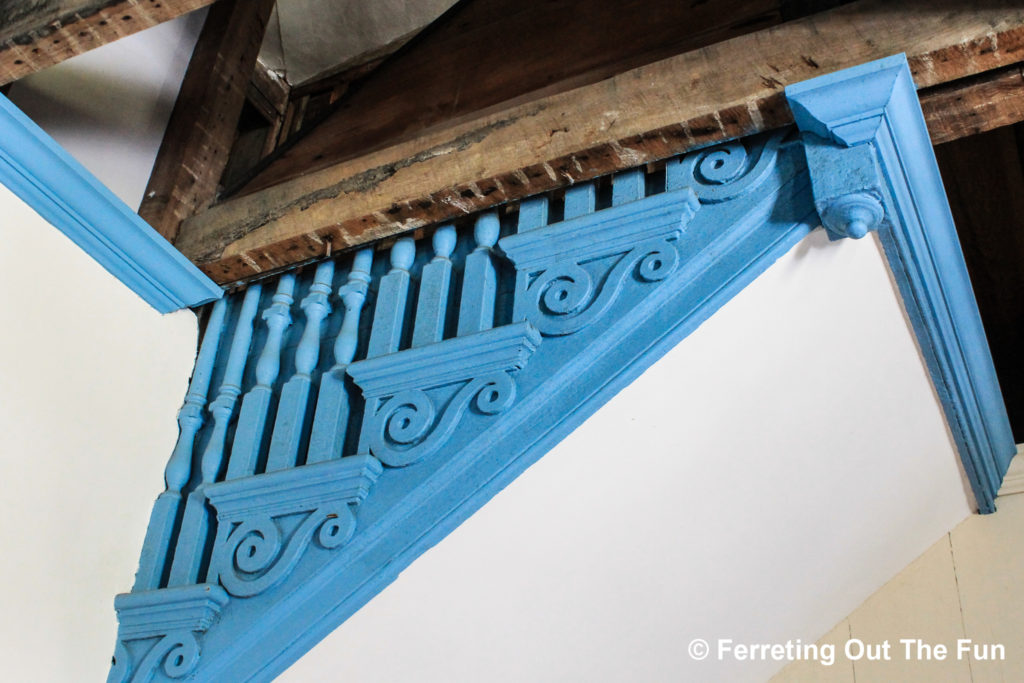
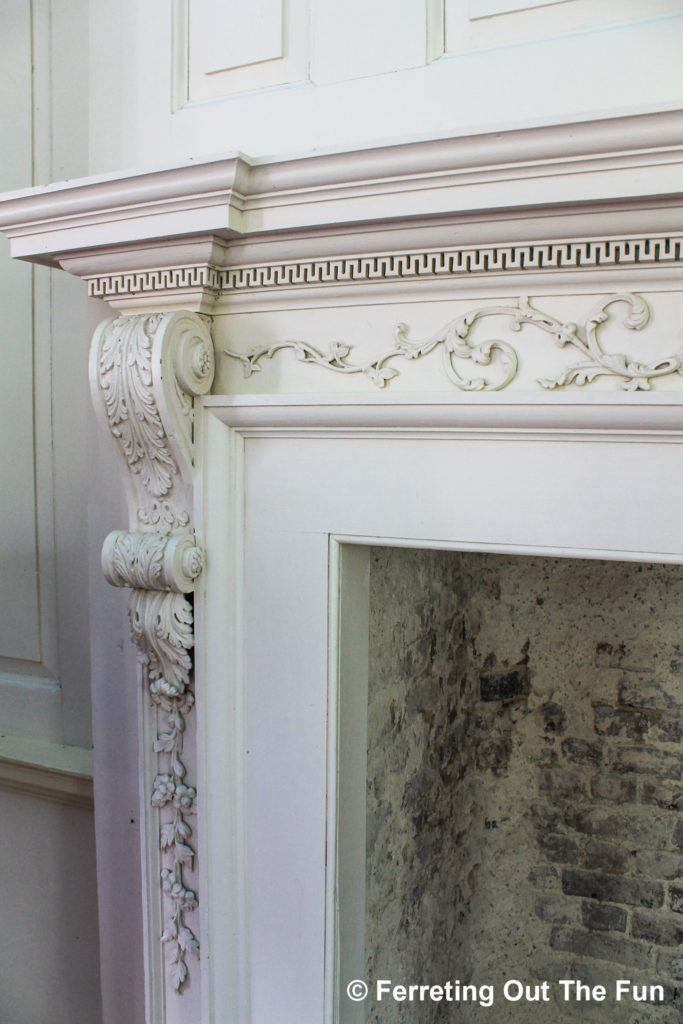
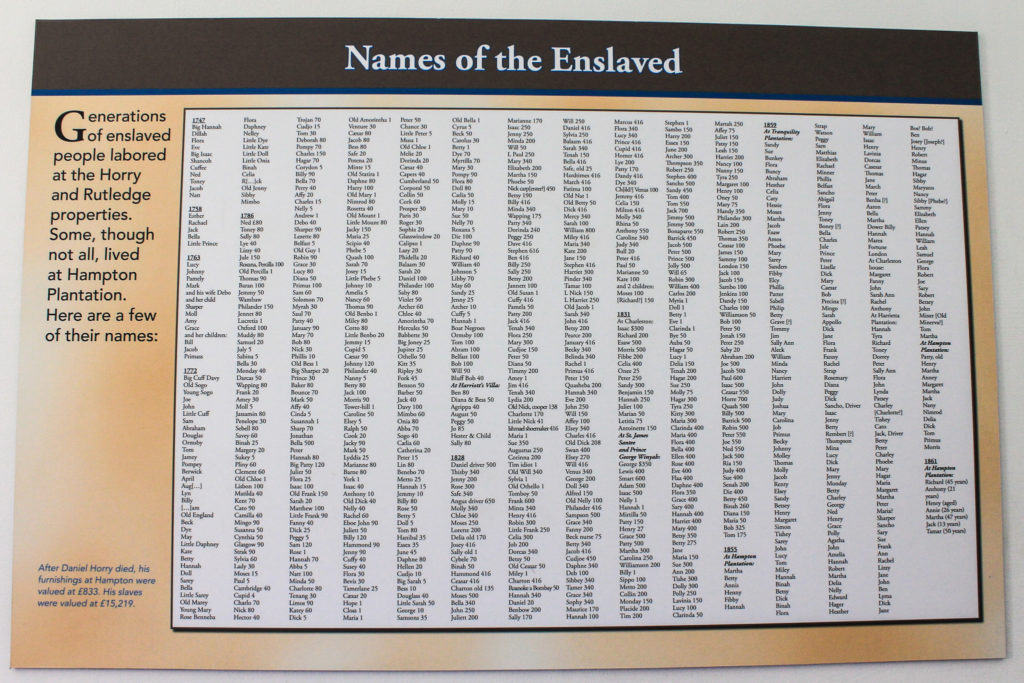
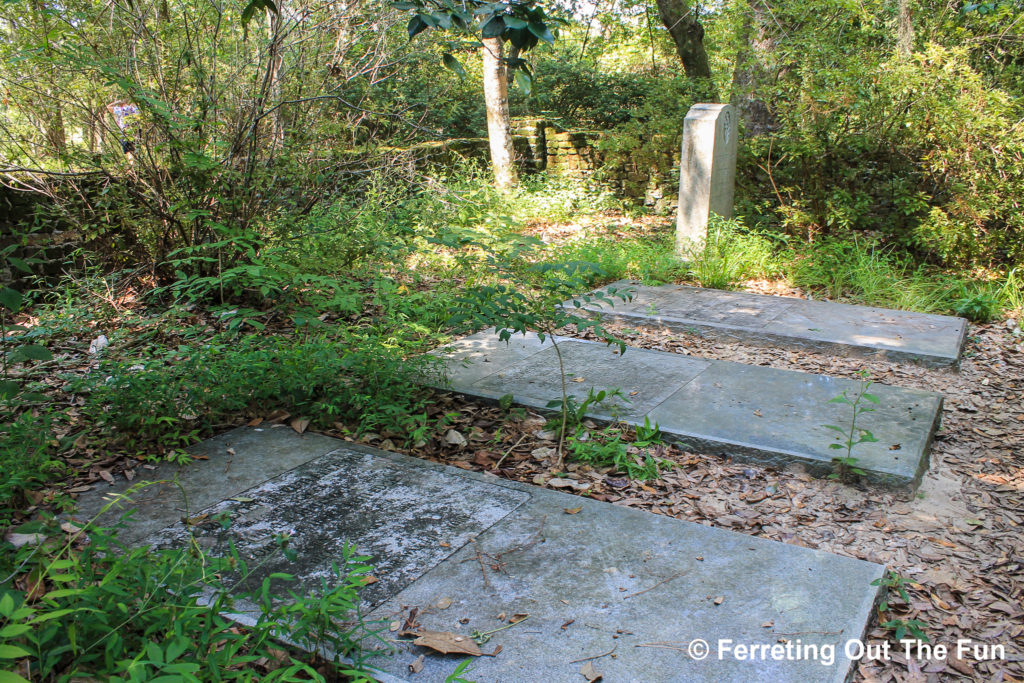
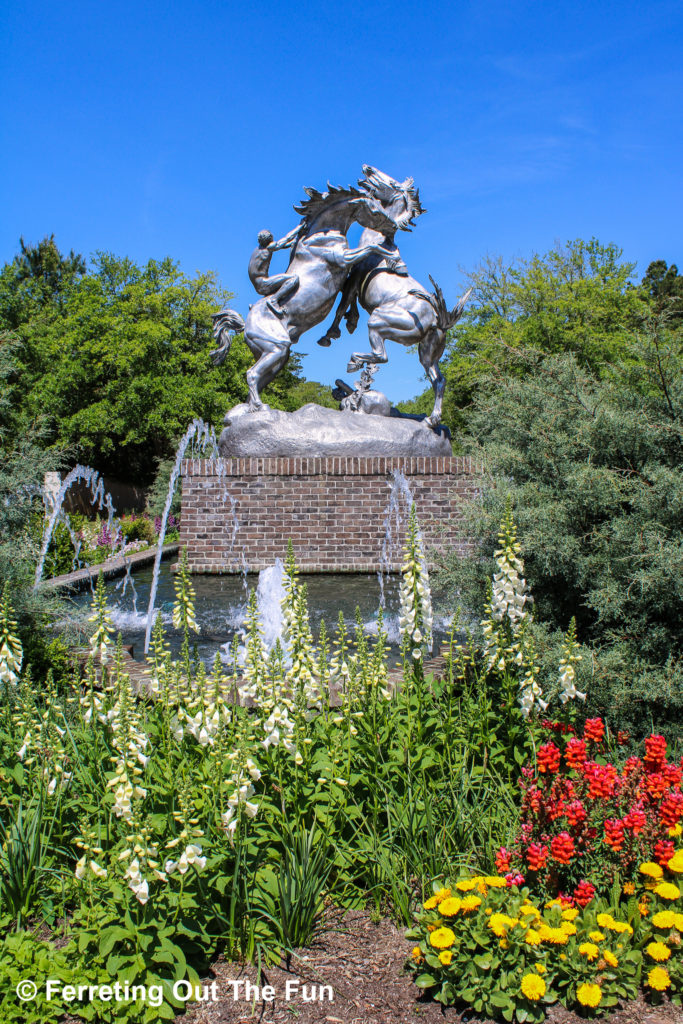
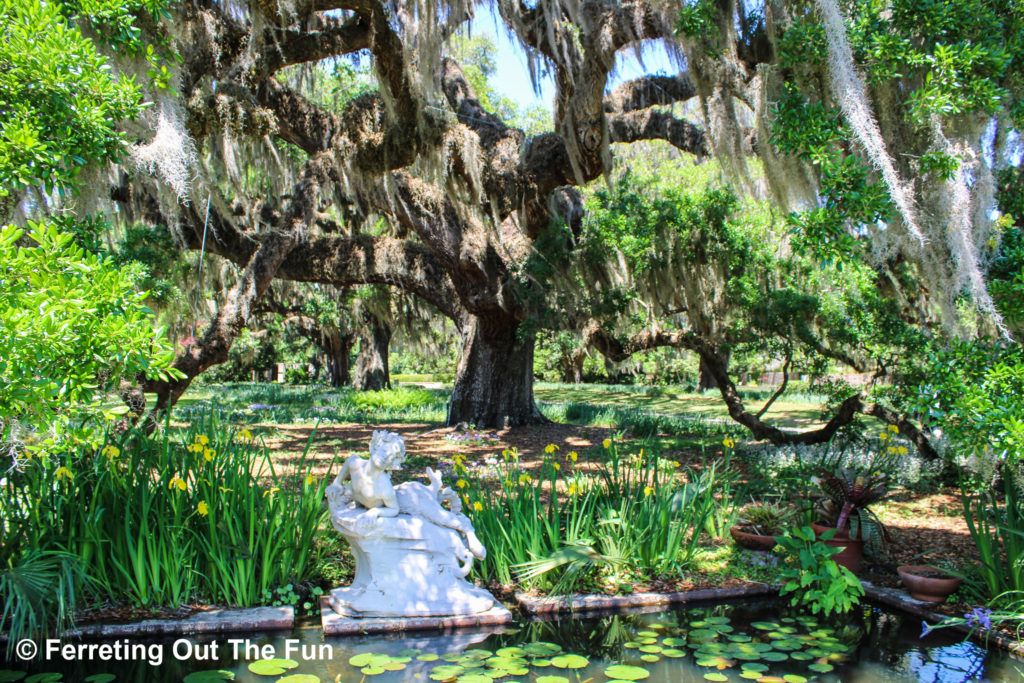
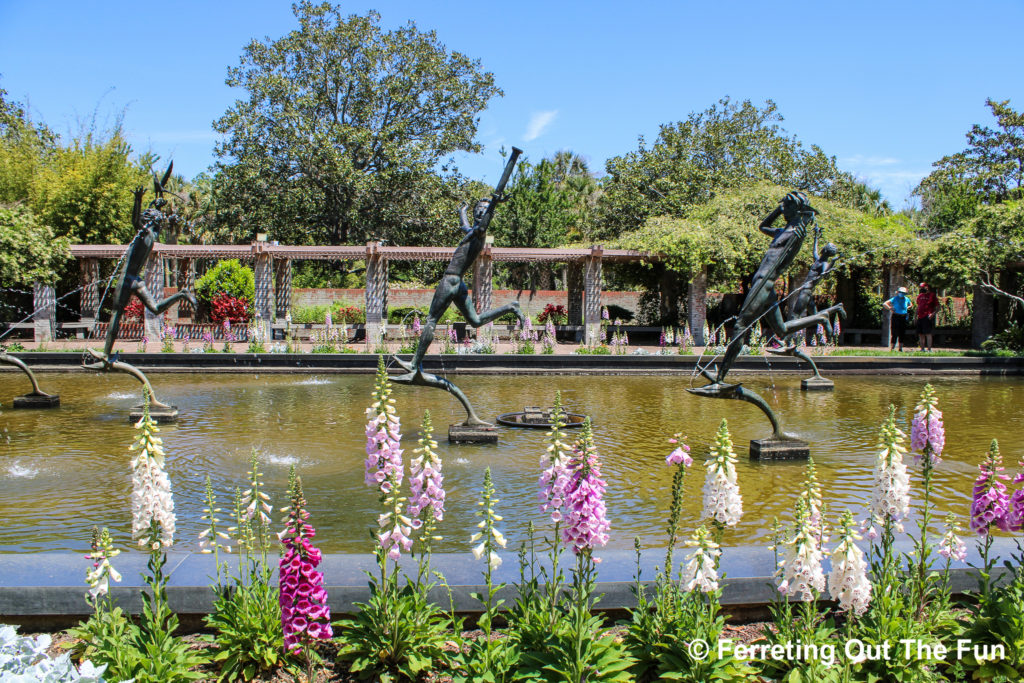
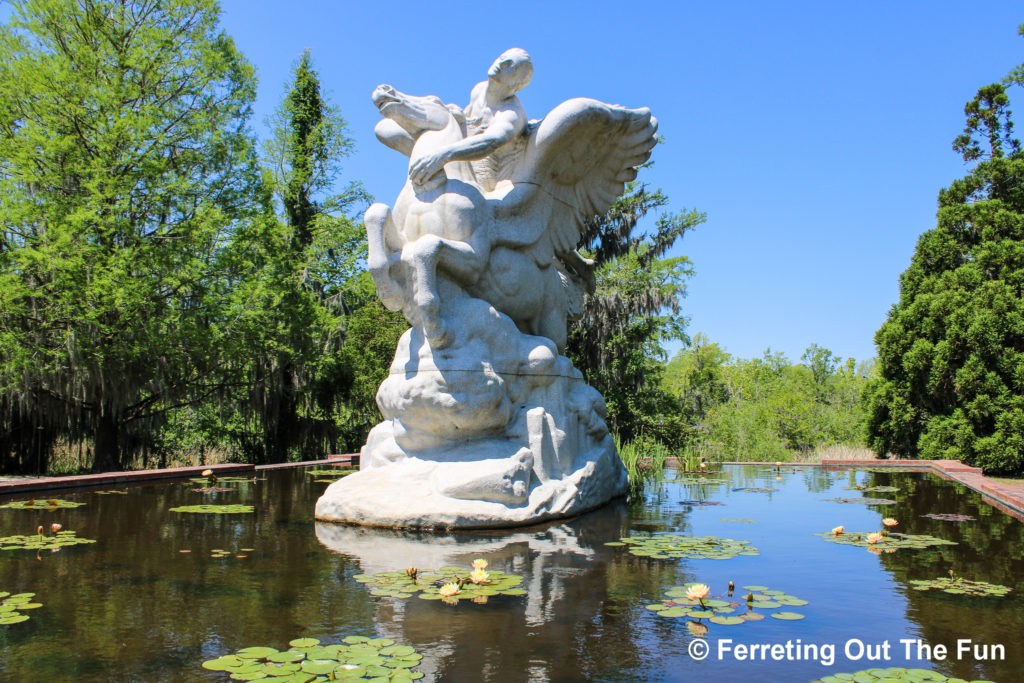
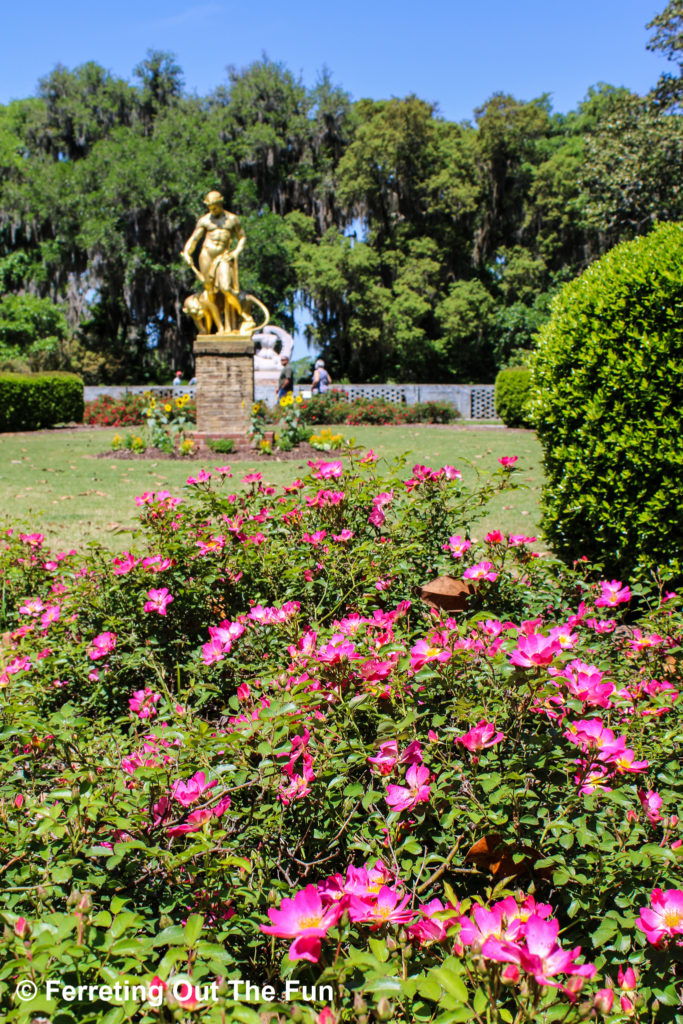
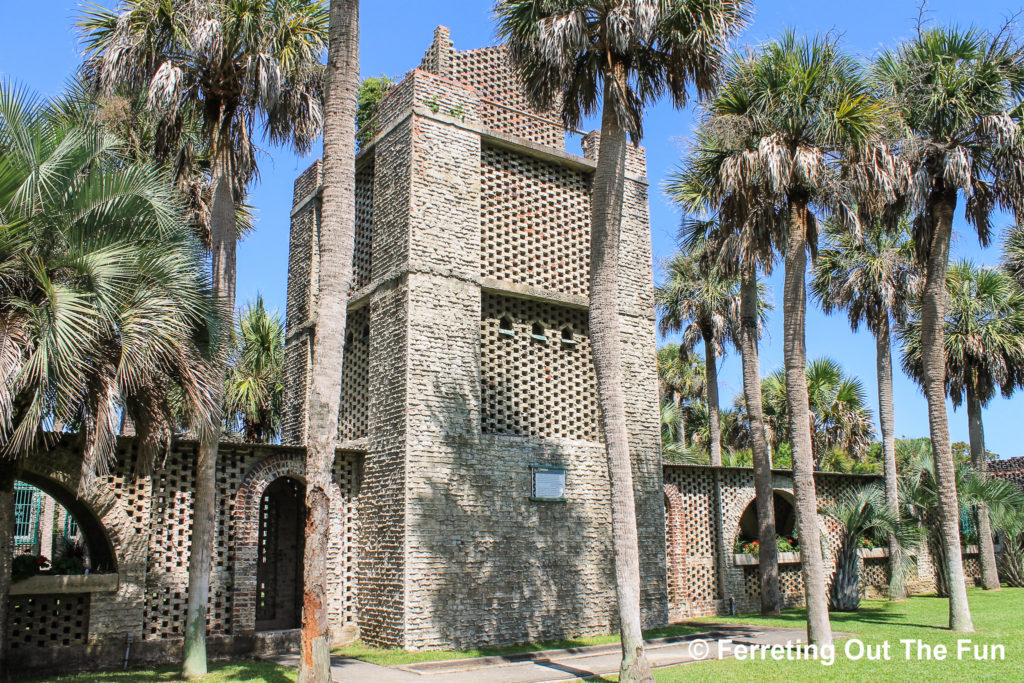
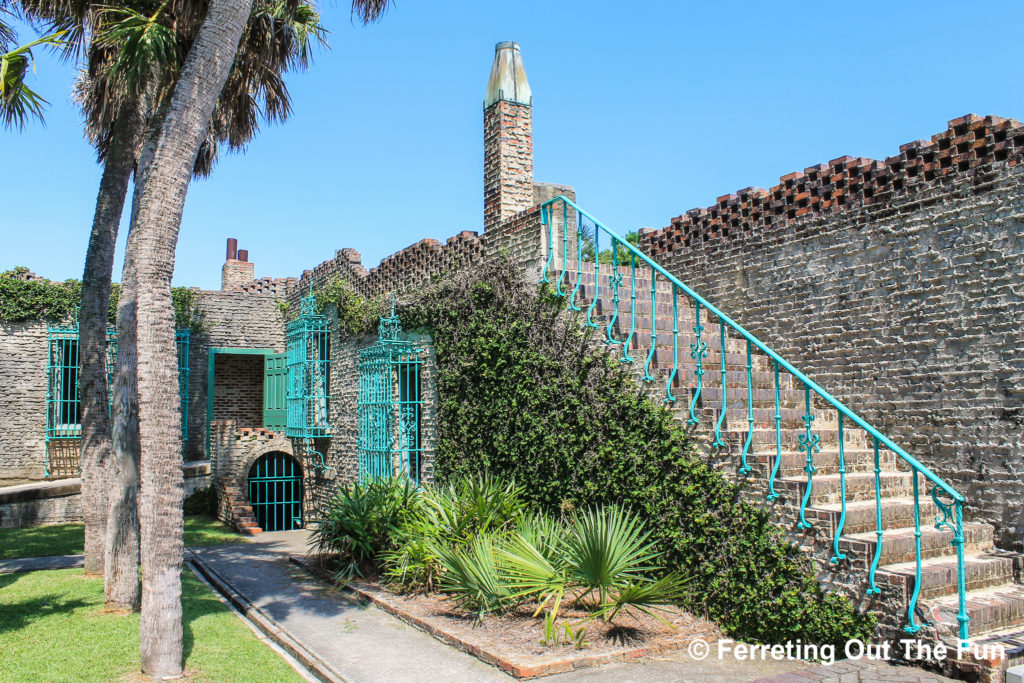
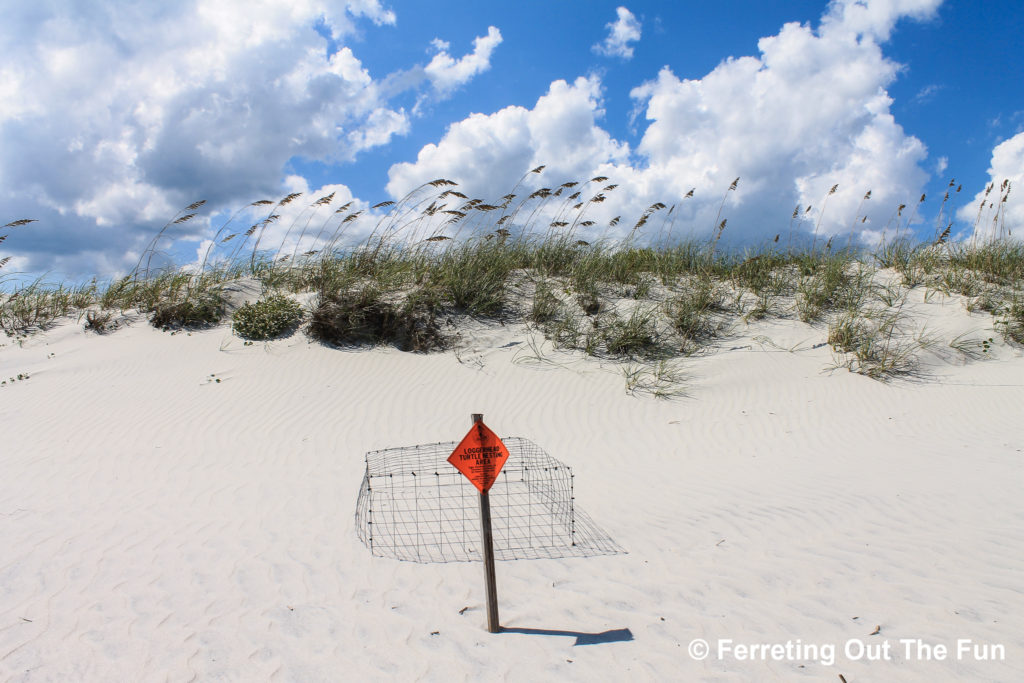
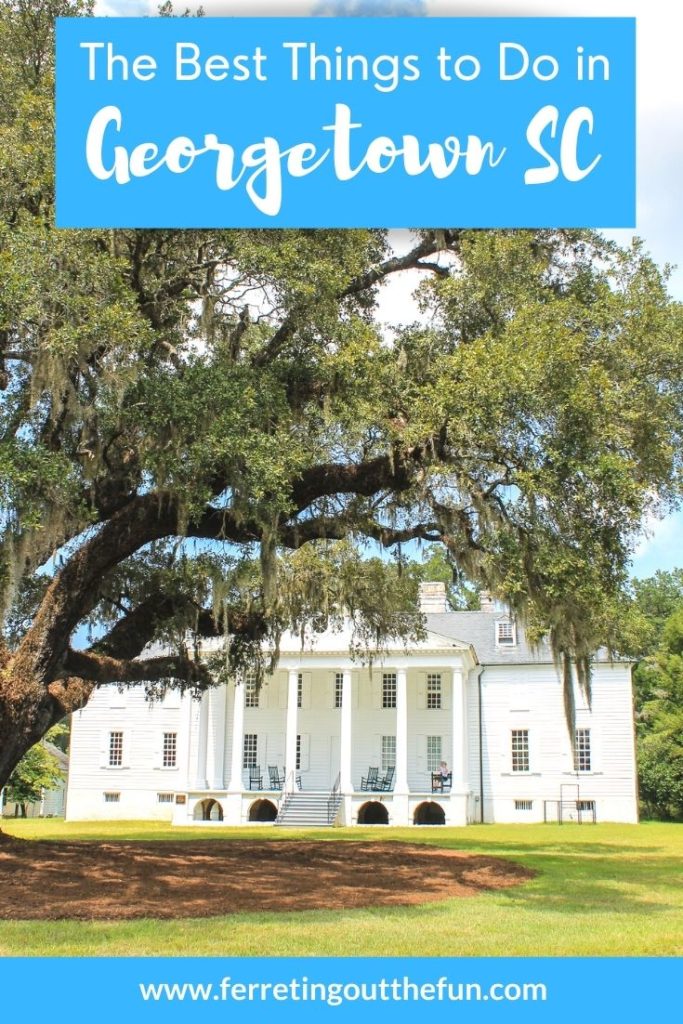
Leave a Reply